- About Us
- Advertise
- Editorial
- Contact Us
- Terms and Conditions
- Privacy Policy
- Do Not Sell My Personal Information
© 2025 MJH Life Sciences™ and Dental Products Report. All rights reserved.
A Look Through the History of the Dental Chair
We take a look at the unique history of dental chairs and where the standard of today came from.
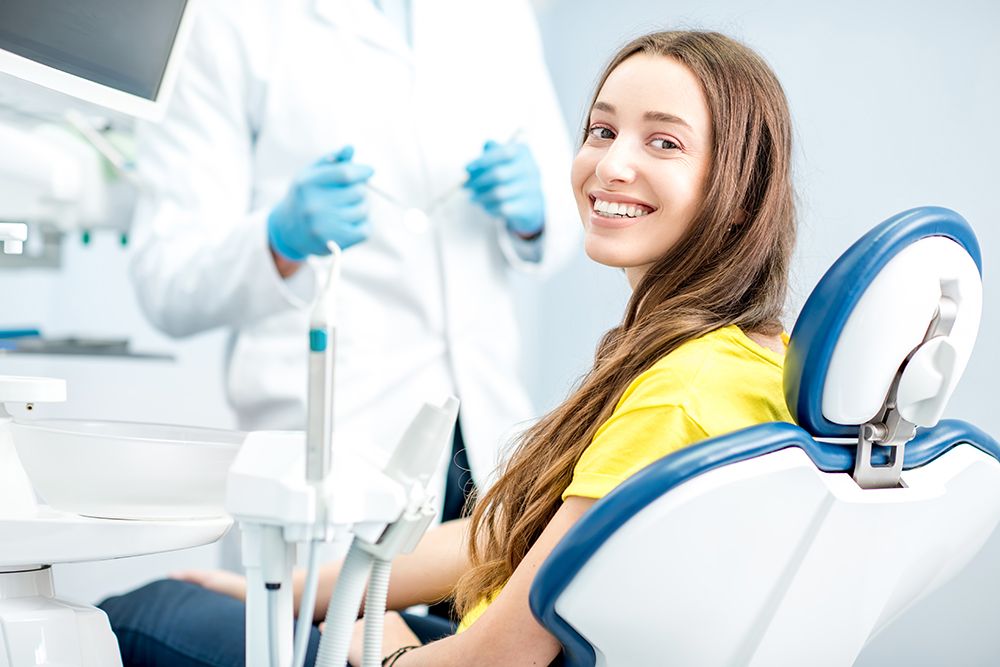
While we often spend time reflecting on ergonomics for the clinician and practice employees, we don’t as often consider the ergonomics for the patient. Dental chairs have a long and storied history, with each iteration demonstrating each innovation in a very literal and demonstrable way. Here, we’ll take a look at the history of the dental chair and how far we’ve come.
Photo courtesy of rh2010/stock.adobe.com.
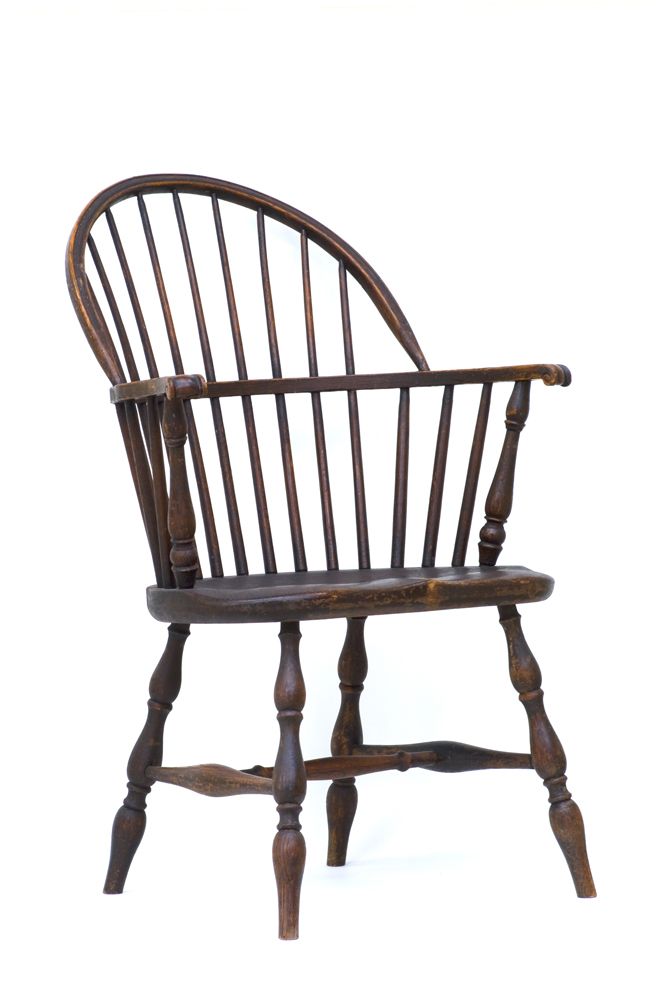
1. The Modified Windsor Writing Chair
Invented by dentist Dr Josiah Flagg Jr in 1790, this first version of a dental chair was a Windsor chair modified to suit a few different dental needs. Dr Flagg Jr added a padded headrest to this simple wooden chair as well as an attached table to hold his equipment. While probably not the most comfortable chair for patients, it was certainly a vast improvement over sitting on the floor, or in a standard chair with no neck/head support. Thanks to Dr Flagg Jr, dental chairs would continue to be improved upon for both patient and practitioner comfort and utility.
Photo courtesy of My top shelf/stock.adobe.com.
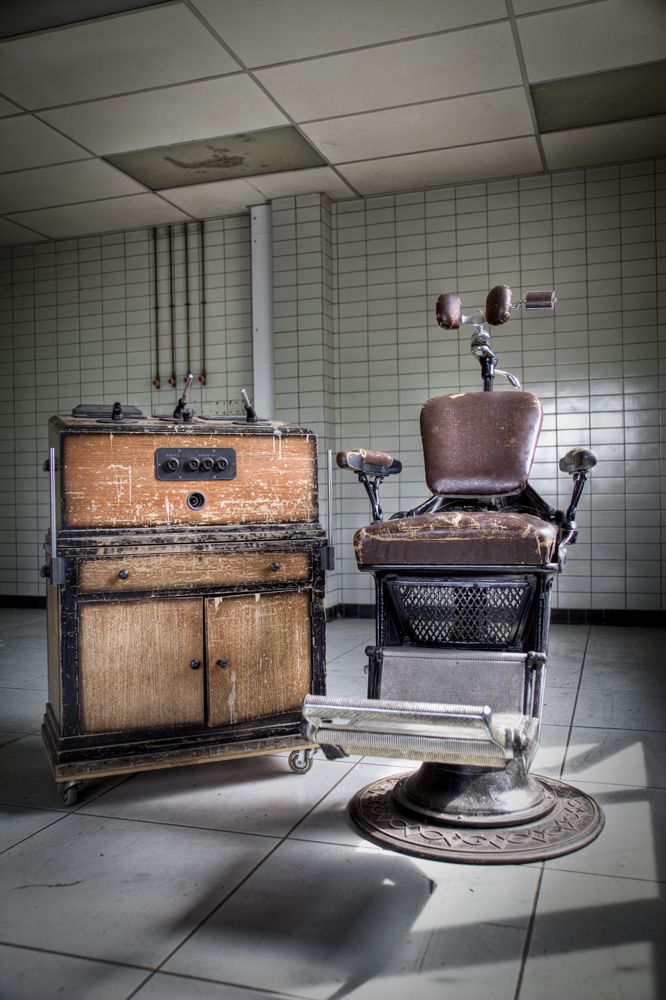
2. The First Reclining Dental Chair
In 1832, London-based dentist Dr James Snell decided that being able to recline the patient would make it easier to perform procedures. He invented the reclining dental chair. This chair would be able to move the patient backward, making things a lot easier for the dental professional. Dr Snell’s innovation would then go on to be used in every dental chair that followed, cementing his contribution to the dental world.
Photo courtesy of Peter D./stock.adobe.com.
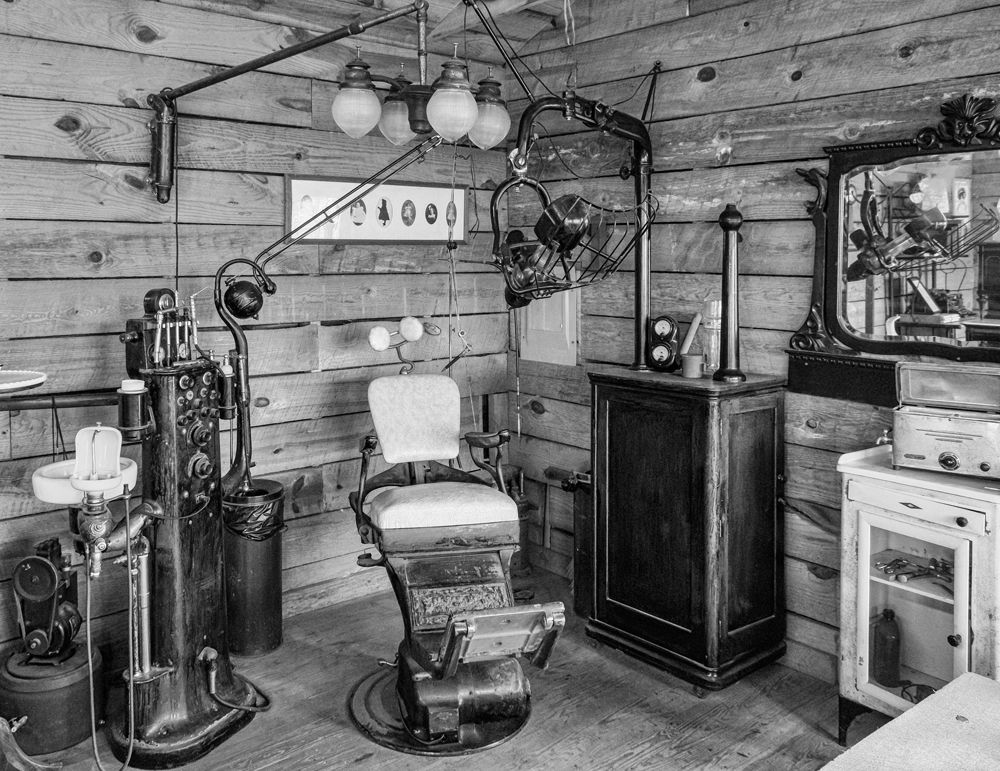
3. The First Hydraulic Dental Chair
45 years later in 1877, Basil Manly Wilkerson improved further on this reclining dental chair by adding a hydraulic component to recline the chair. This allowed for a more comfortable recline for the patient, and easier positioning for the dental professional. This was just another feature that opened the door for further innovation of the dental chair.
Photo courtesy of dbvirago/stock.adobe.com.
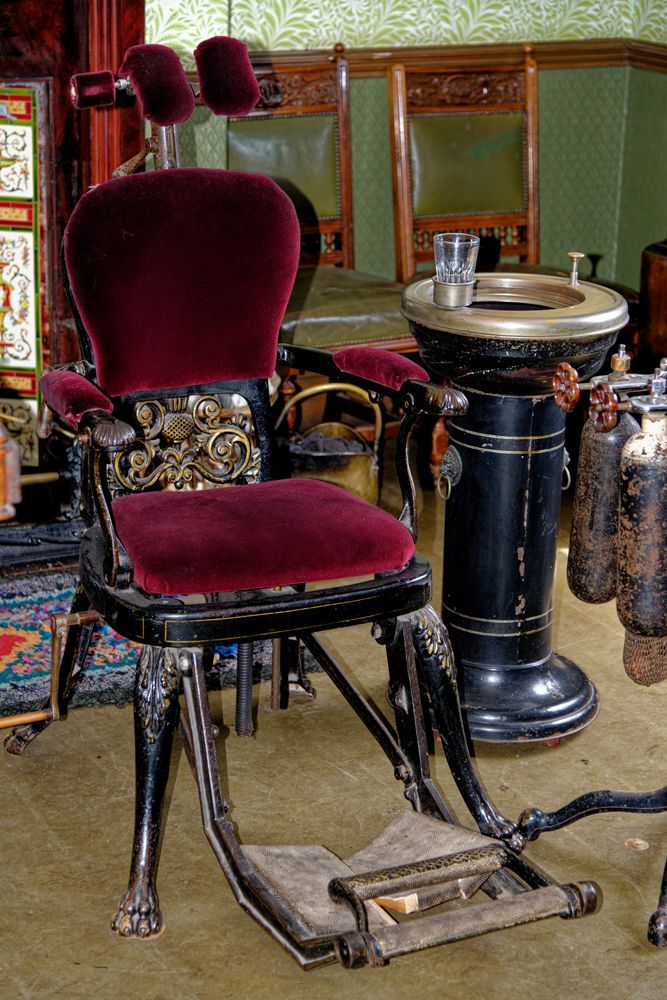
4. Enhanced patient comfort
Also taking place in the 1870s, there was an increased focus on patient comfort. A patient would be hesitant to continually go to the dentist or even go at all if they were uncomfortable. To aid in this, Dr Lucy Hobbs Taylor added comfort elements to the chair such as cushions for touchpoints like elbows and arms. The relatively plush chair would set the tone for every dental chair to follow, making it a unique and valuable innovation. In the early 1900s, chairs became more reclined, more cushioned, and able to move up and down with more ease than ever before.
Photo courtesy of adfoto/stock.adobe.com.

5. The Adjustable Back
Perhaps the most recognizable innovation to us now, the adjustable back of the dental chair was created in the 1950s by Dr John Naughton. With this, patients could be in a more comfortable prone position where a dental professional would no longer have to sit or stand uncomfortably across from them. With a better vantage point, and a more comfortable situation for both patient and professional, procedures could be done for longer and more often, making this an important feature that would be implemented in every dental chair to follow.
Photo courtesy of GioRez/stock.adobe.com.

6. Smart Dental Chairs
Building on all of these innovations brings us to 2022. Dental chairs nowadays have taken every innovation of the past and improved upon them, creating a valuable, vital, and sometimes overlooked part of the dental practice. Dental chairs can now use dental engines to connect waterlines, suction, and power. Having this centralized location makes it easier for the dental professional to have everything easy to access in a single location. Smart dental chairs can come equipped with screens and sensors, centralizing procedures even further. Despite seeming like we have gone as far as we can go, there is always room for improvement, a fact that has been clearly demonstrated by technological strides in even the past 5 years. It remains to be seen how much farther we can go to make the best possible experience for both practice and patient.
Photo courtesy of apopim/stock.adobe.com.
Related Content:



